Studiopepe unearths a new aesthetic inspired by ancient sacred artefacts
Presented through an immersive installation at Fuorisalone 2022, Studiopepe has created a collection of furniture and objects with Galerie Philia, marking the studio’s debut into collectible design

Flavio Pescatori - Photography
Studiopepe’s new collectible furniture and objects collection demonstrates that contemporary design and the history of ancient civilisations can go hand in hand. Presented by Galerie Philia at Fuorisalone 2022, ‘Temenos’ is named after the circular sacred area found in ancient Greek temples and is inspired by the items collected by the Luigi Pigorini National Museum of Prehistory and Ethnography in Rome.
‘The collection explores the notion of sacredness in its anthropological and historical complexity, and the symbols given to objects and furniture pieces throughout history,’ explain Studiopepe founders Arianna Lelli Mami and Chiara Di Pinto.
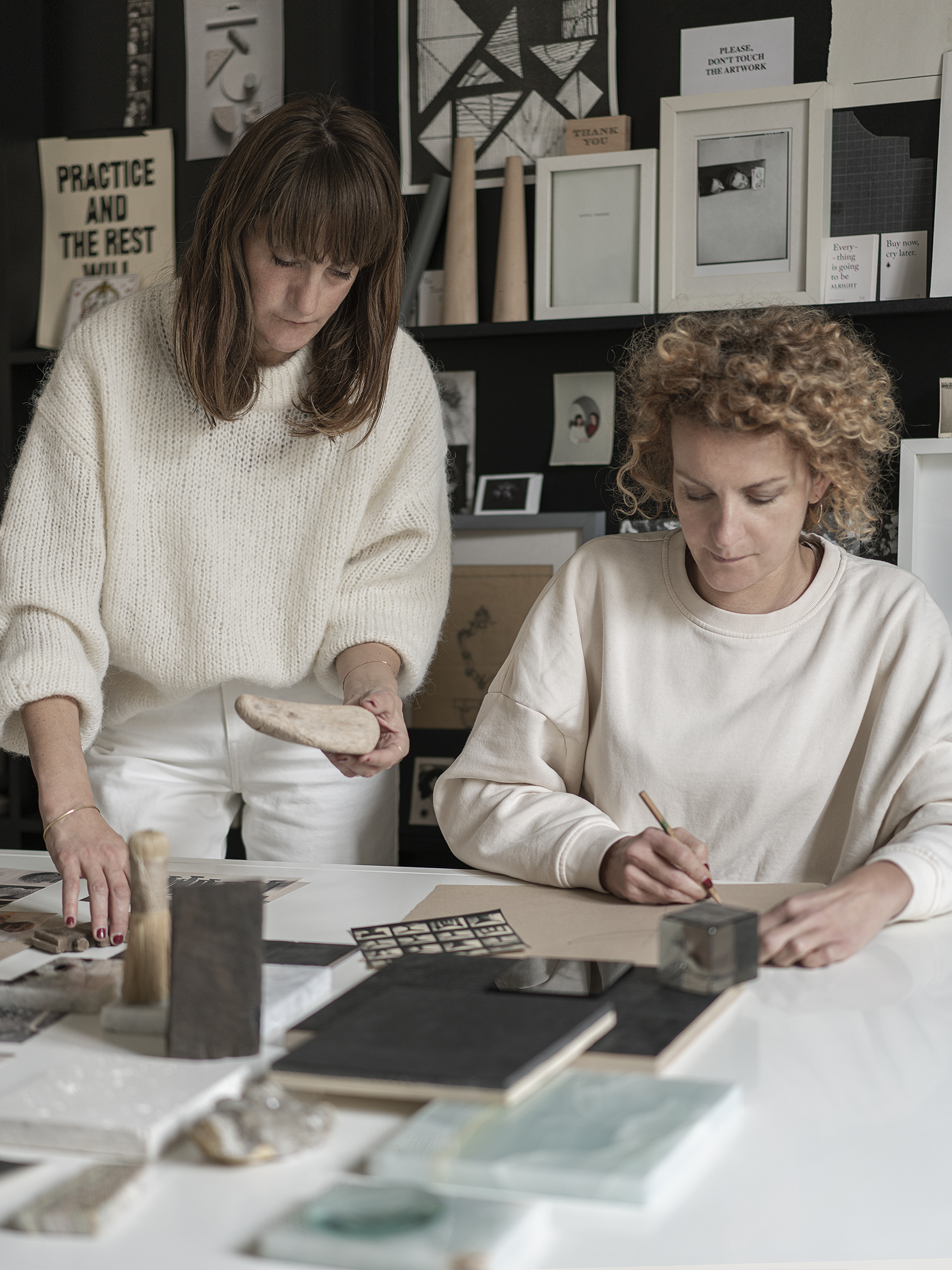
Arianna Lelli Mami (left) and Chiara Di Pinto (right) at work on the ‘Temenos’ collection
Although this is their first foray into collectible design, the Milan-based pair have often employed the codes of the genre in their work, especially in what they call ‘Manifesto projects’, experimental and research-based designs that over the years have set the creative tone of the studio. Of these, the 2016 ‘Ossimori’ collection featured sculptural objects (lamps, mirrors) exploring future archaeology, and its research and aesthetic planted the seed for ‘Temenos’.
To develop ‘Temenos’, the designers worked closely with Galerie Philia co-founder Ygaël Attali, a long-time admirer of their work: ‘I remember a feeling of serenity and calmness when I first walked through a residential project of theirs in Milan a few years ago,’ he recalls. ‘I was particularly fascinated by their passion for history and archaeology blended with contemporary art and design. We share similar passions, so it made sense to honour their vision and our common interests with a new collection.’
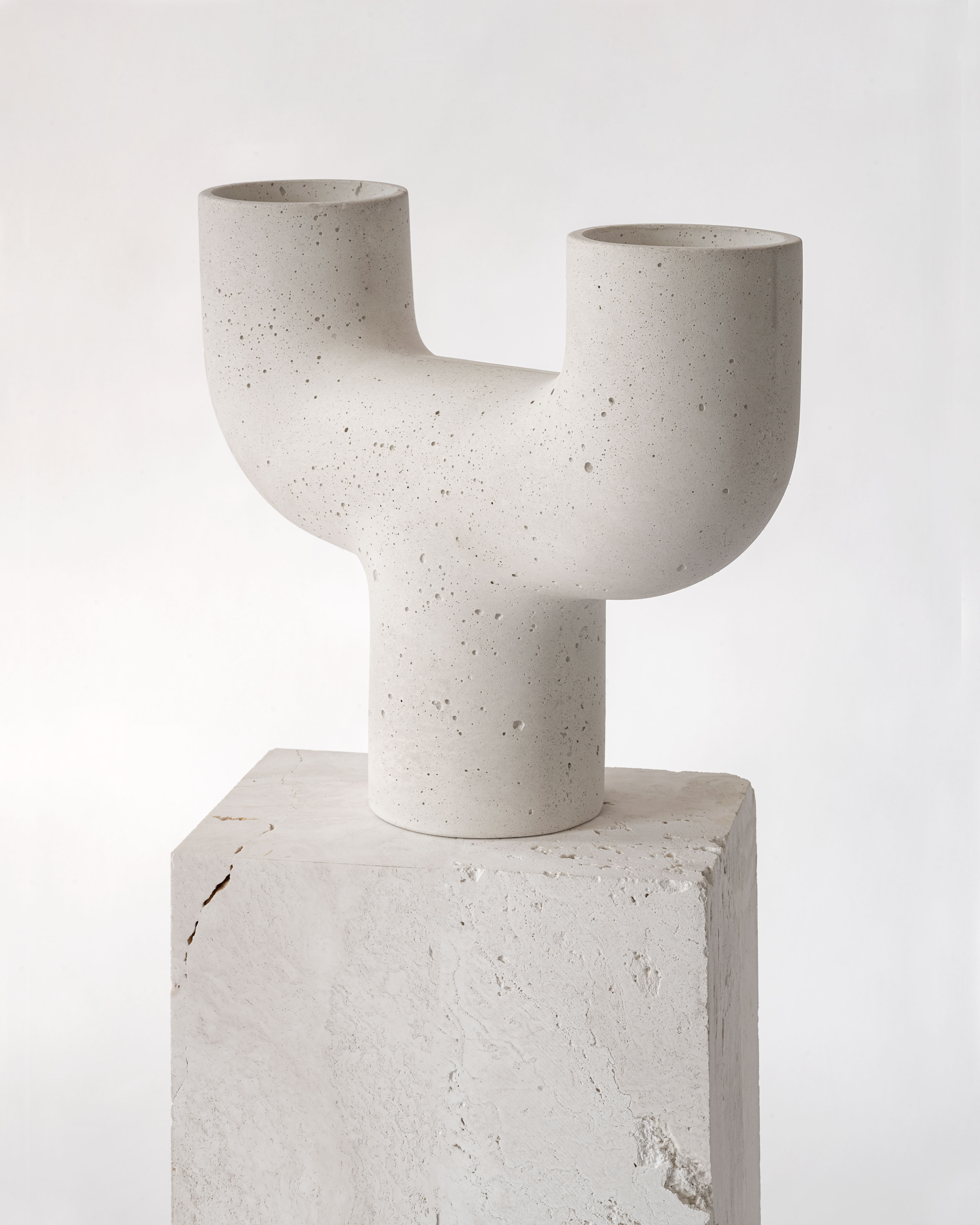
‘Temu’ concrete corn lamp
Leading up to the project, Attali, Lelli Mami and Di Pinto shared conversations about the history of design and objects, their typologies, and their changing meanings across space and time. ‘The theme that was recurrent in our discussions was the concept of sacrality and its limits,’ says Attali. The trio pondered what makes an object sacred, and how spatial design can add a sense of spiritual importance to an object.
The ‘Temenos’ collection includes objects whose aesthetic references ancient artefacts and architecture, imbued with modern functionality. In the hands of the studio, thrones become armchairs, altars morph into more modern tables. The breadth of their research is also evident in a series of smaller objects that include the ‘Menhir’ candleholder and ‘Canopic’ vases, respectively referencing Bronze Age monoliths and Egyptian artefacts. ‘As we study and learn more about these cultures, we discover connections between beliefs, collective imagination, archetypes – they are like threads connecting humanity,’ says Lelli Mami. ‘This is what design is based on: objects that everyone can understand.’ The primitive forms of the objects stand in contrast with their exquisite craftsmanship and sophisticated material palette: translucent onyx is paired with charred wood, terracotta, mirrored metal and white plaster. Lelli Mami describes the overall aesthetic as ‘sculptural primitive with a decorative refinement’.

‘Shu’ console
‘Temenos’ is the culmination of years of travels and research. Some of the places that most influenced the duo’s work include Stonehenge, the Temple of Apollo at Delphi, and the Bronze Age holy wells of Sardinia. These locations, says Di Pinto, ‘might not immediately feel connected to one another, but then suddenly they join up like the pearls of a necklace.’ They also note that the artefacts found on these sites are incredibly modern in their aesthetic, their only decoration being linked to their sacred function.
Receive our daily digest of inspiration, escapism and design stories from around the world direct to your inbox.
The collection will be presented in Milan through an immersive installation based on a circular temple, with interactive elements including a film produced by the studio, which will be projected on a bed of salt (a symbol of purification in ancient rituals).
‘Studiopepe’s organic sculptural designs, entirely made by hand, highlight the beauty of imperfection in a finished work,’ concludes Attali. ‘They have produced a powerful ensemble of pieces that stand out through thematic and aesthetic coherence.’
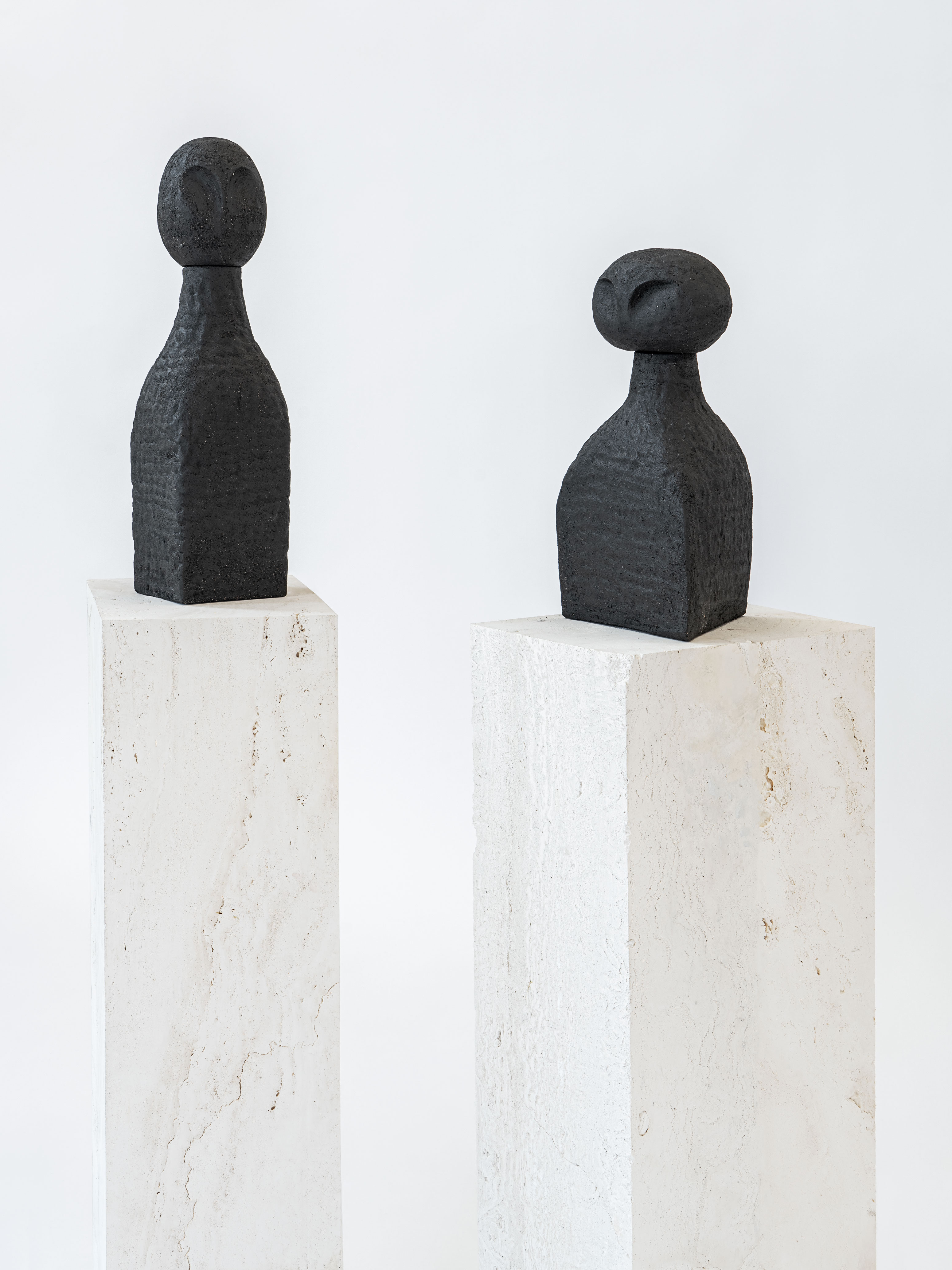
‘Seth & Sekhmet’ vases
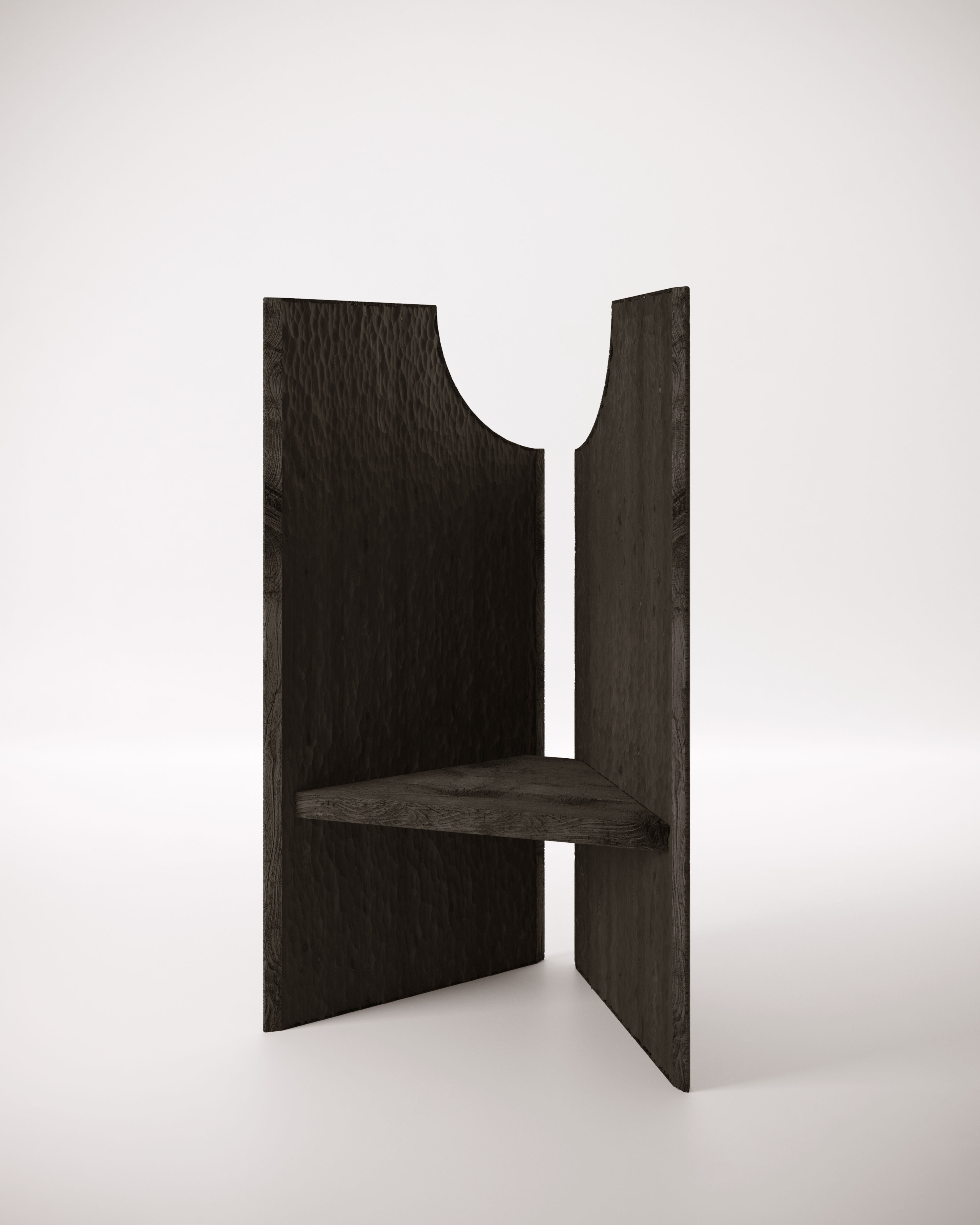
‘Nut’ black wood throne
INFORMATION
‘Temenos’ is on view from 6 – 12 June
studiopepe.info
galerie-philia.com
ADDRESS
Baranzate Ateliers
Via Milano 251
20021 Baranzate
Italy
Rosa Bertoli was born in Udine, Italy, and now lives in London. Since 2014, she has been the Design Editor of Wallpaper*, where she oversees design content for the print and online editions, as well as special editorial projects. Through her role at Wallpaper*, she has written extensively about all areas of design. Rosa has been speaker and moderator for various design talks and conferences including London Craft Week, Maison & Objet, The Italian Cultural Institute (London), Clippings, Zaha Hadid Design, Kartell and Frieze Art Fair. Rosa has been on judging panels for the Chart Architecture Award, the Dutch Design Awards and the DesignGuild Marks. She has written for numerous English and Italian language publications, and worked as a content and communication consultant for fashion and design brands.
-
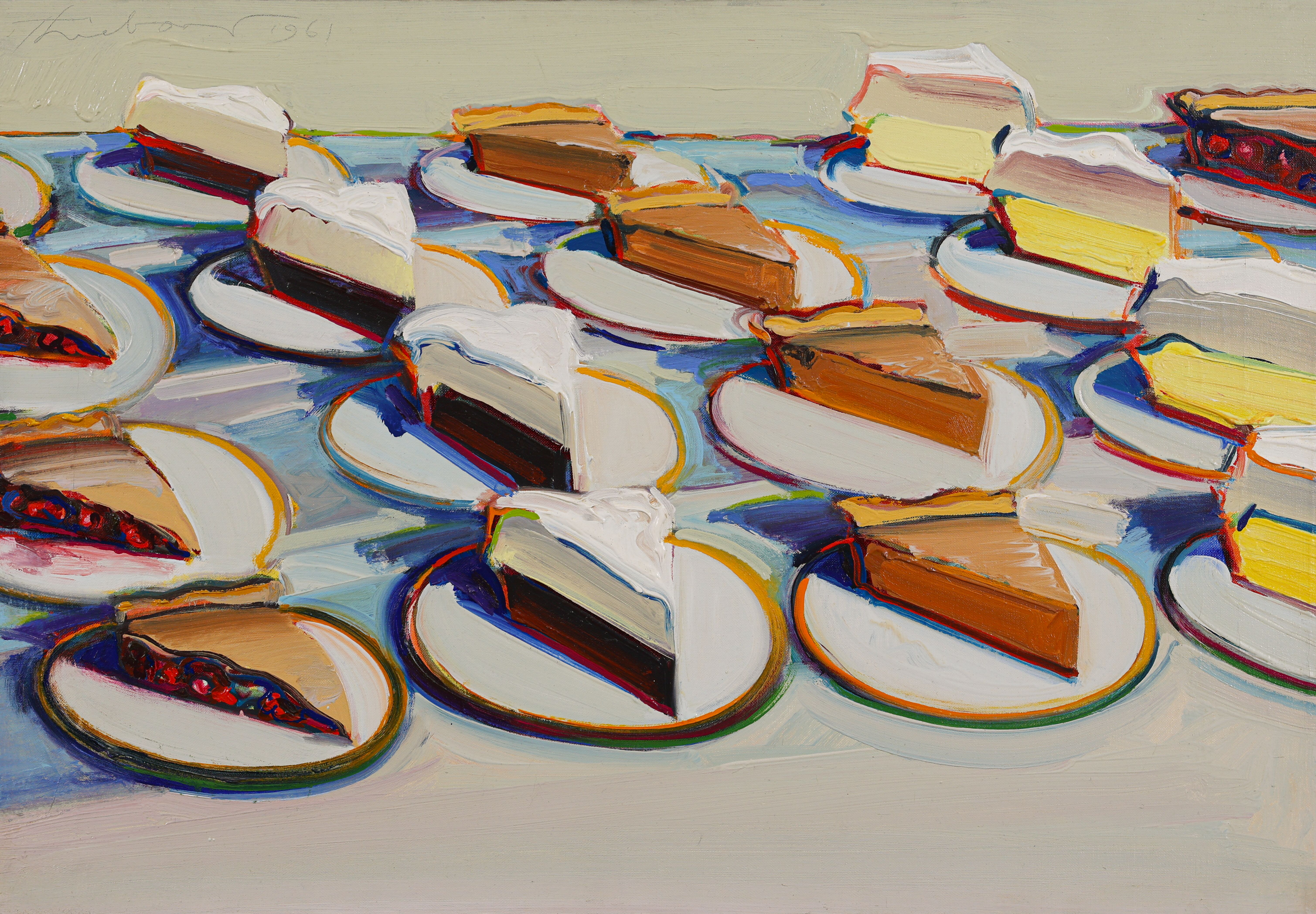 Why are Wayne Thiebaud’s paintings at the Courtauld quite so tempting?
Why are Wayne Thiebaud’s paintings at the Courtauld quite so tempting?The American artist’s thickly painted slices of cake at the Courtauld are some of our favourite artworks seen this year. What makes them so special?
-
 Taiwan’s new ‘museumbrary’ is a paradigm-shifting, cube-shaped cultural hub
Taiwan’s new ‘museumbrary’ is a paradigm-shifting, cube-shaped cultural hubPart museum, part library, the SANAA-designed Taichung Green Museumbrary contains a world of sweeping curves and flowing possibilities, immersed in a natural setting
-
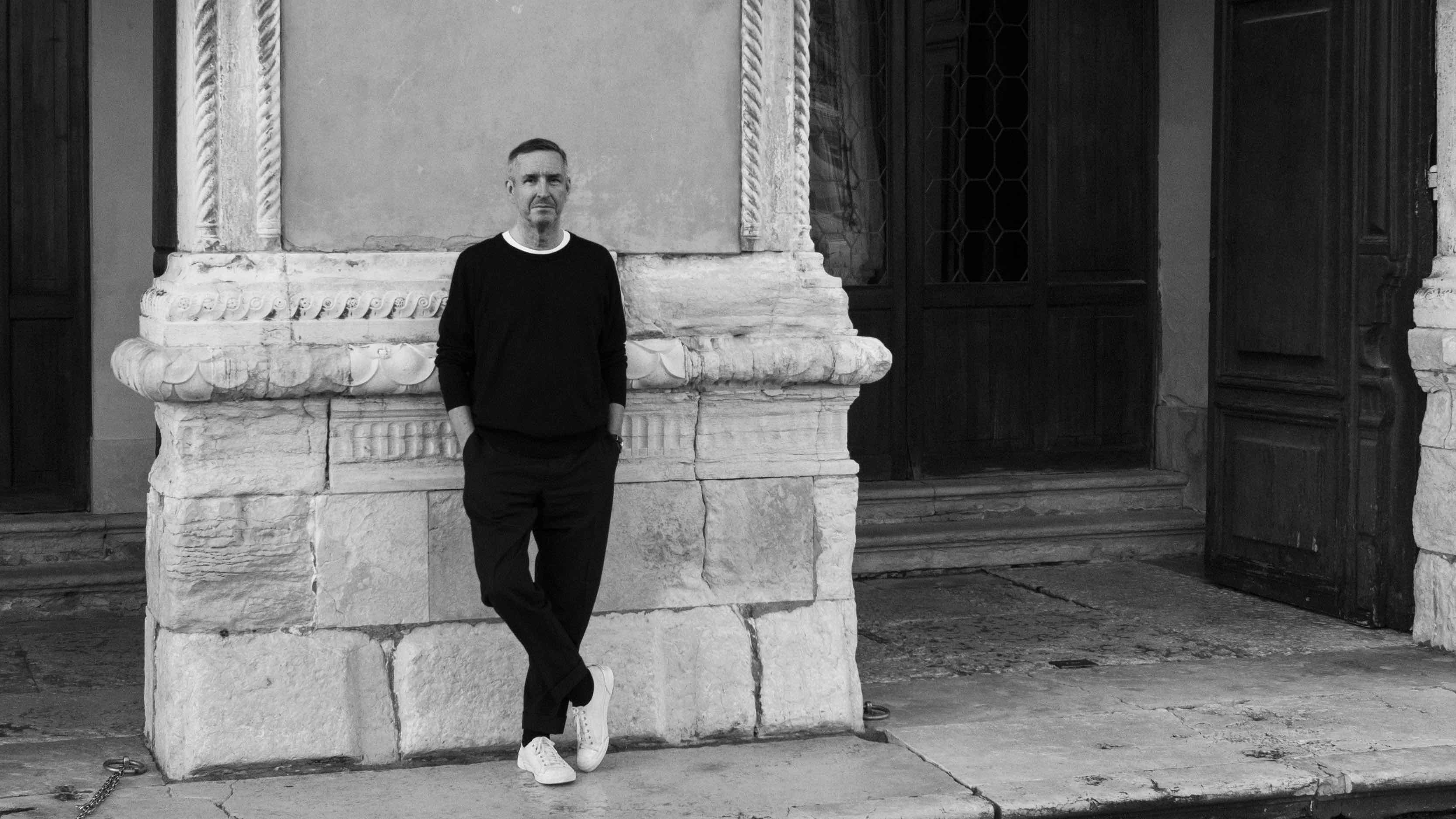 Dries van Noten on why he's building a new home for craft in Venice
Dries van Noten on why he's building a new home for craft in VeniceA year after departing the runway, Dries van Noten unveils his next chapter: the Fondazione Dries Van Noten, a newly announced cultural initiative in Venice celebrating craft in all its forms. Wallpaper meets the designer to find out why he’s not ready to retire.
-
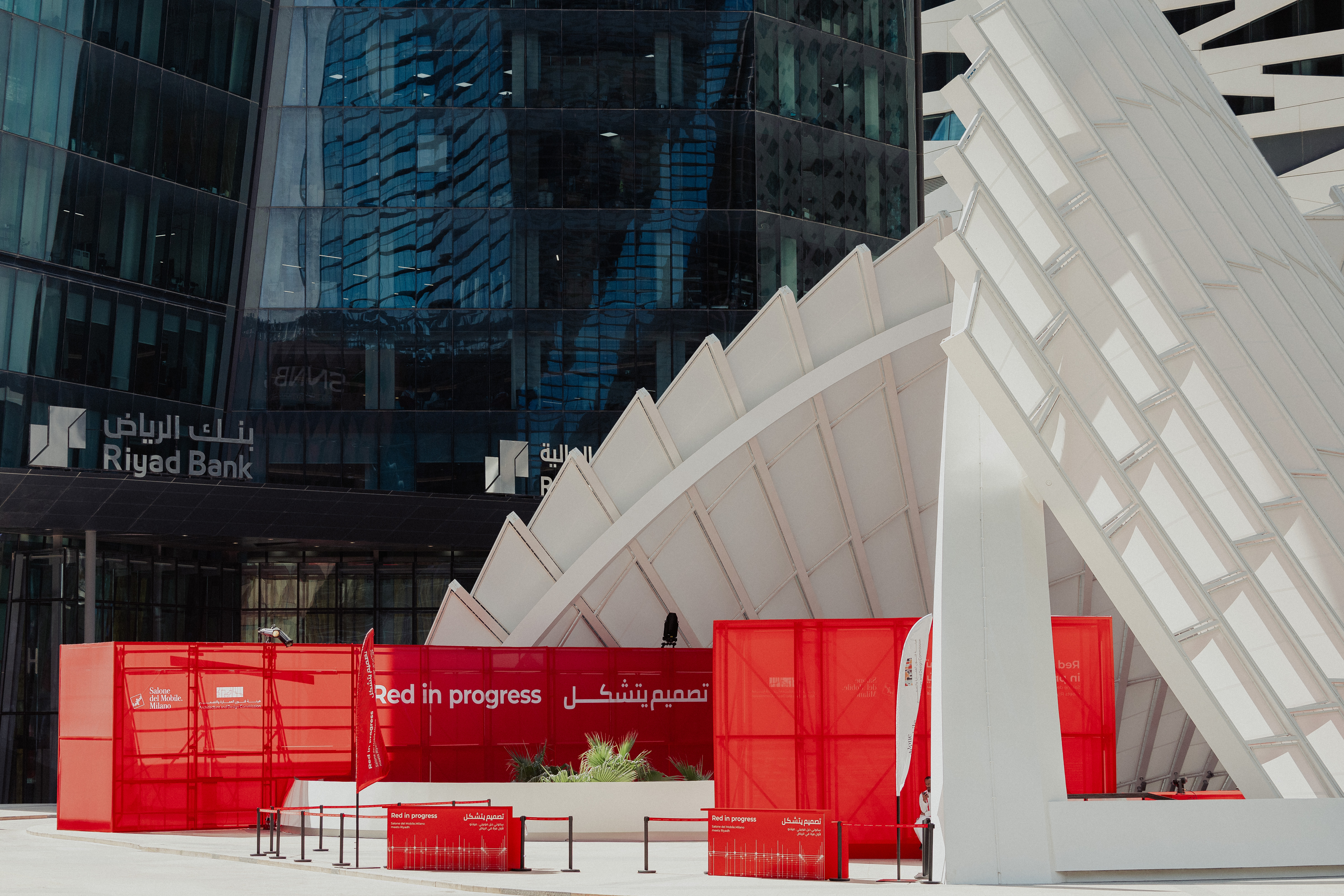 ‘Locally anchored and globally conversant’: Salone del Mobile debuts in Saudi Arabia
‘Locally anchored and globally conversant’: Salone del Mobile debuts in Saudi ArabiaSalone del Mobile lands in Riyadh (26-28 November 2025), bringing its creative and manufacturing know-how to one of the world’s fastest-growing markets and setting the stage for Italo-Saudi design relations
-
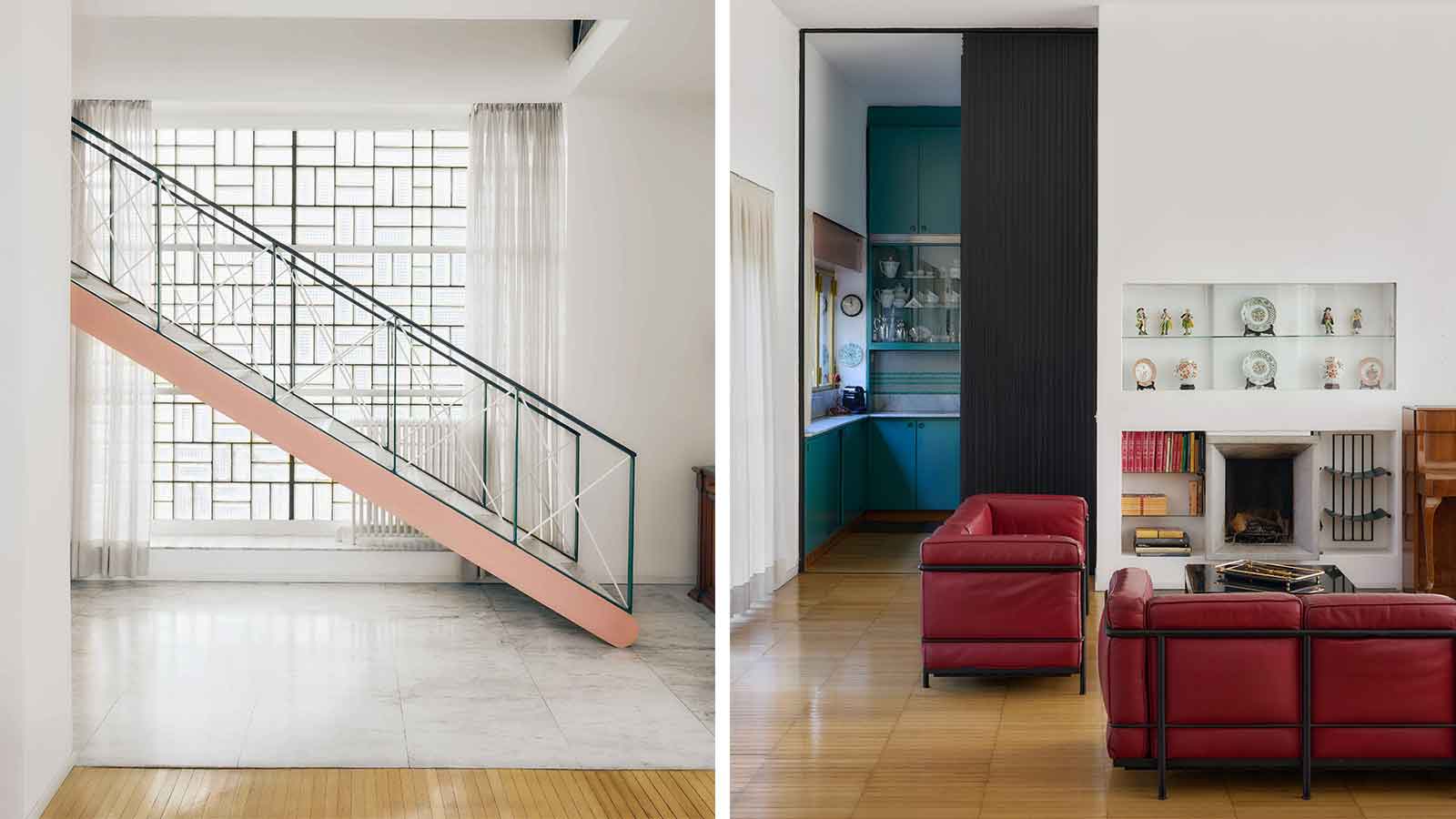 Alcova 2026 locations include a Rationalist gem and an abandoned church
Alcova 2026 locations include a Rationalist gem and an abandoned churchAlcova returns for an 11th edition in 2026 (20-26 April), once again opening up two exclusive Milanese locations, the Baggio Military Hospital and Franco Albini's Villa Pestarini
-
 Salone del Mobile 2026 will embrace collectible design with Salone Raritas
Salone del Mobile 2026 will embrace collectible design with Salone RaritasSalone del Mobile has Salone Raritas, a new exhibition space at the fair (21-26 April 2026), curated by Annalisa Rosso and designed by Formafantasma
-
 O Milano! Design's epic annual spectacle in photos
O Milano! Design's epic annual spectacle in photosCall us biased, but we believe that Milan Design Week is, at this moment in time, the greatest show on earth
-
 ‘Romantic brutalism’ rethinks Polish craft
‘Romantic brutalism’ rethinks Polish craftAn exhibition in Warsaw gives local makers their due, looking inside the burgeoning world of Polish design
-
 Eight designers to know from Rossana Orlandi Gallery’s Milan Design Week 2025 exhibition
Eight designers to know from Rossana Orlandi Gallery’s Milan Design Week 2025 exhibitionWallpaper’s highlights from the mega-exhibition at Rossana Orlandi Gallery include some of the most compelling names in design today
-
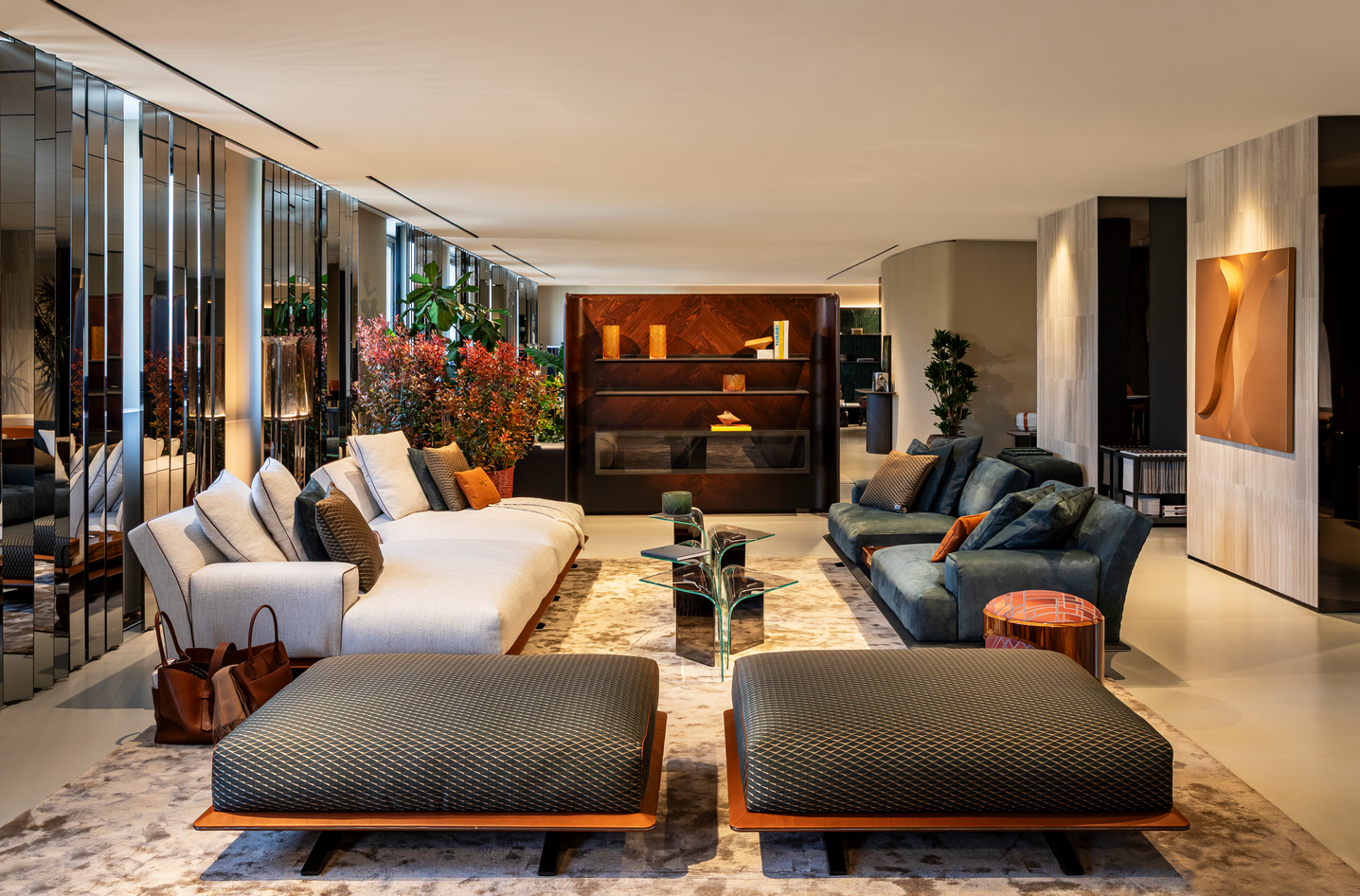 Bentley’s new home collections bring the ‘potency’ of its cars to Milan Design Week
Bentley’s new home collections bring the ‘potency’ of its cars to Milan Design WeekNew furniture, accessories and picnic pieces from Bentley Home take cues from the bold lines and smooth curves of Bentley Motors
-
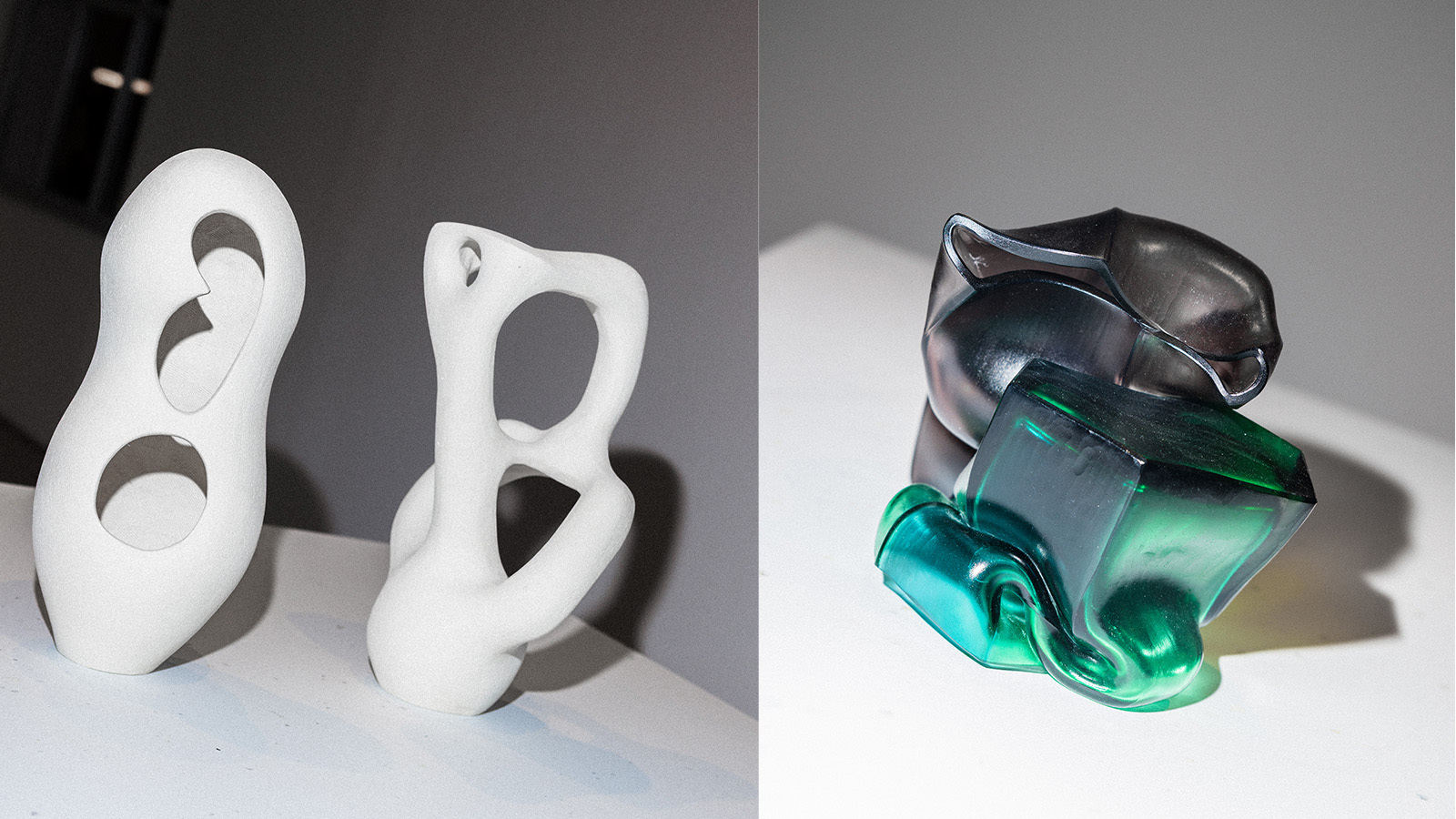 StoneX partners with Wallpaper* for material alchemy at Milan Design Week and beyond
StoneX partners with Wallpaper* for material alchemy at Milan Design Week and beyondThe natural stone purveyor teams up with Wallpaper* for a three-year partnership of material adventures, starting with an exhibition at Triennale di Milano